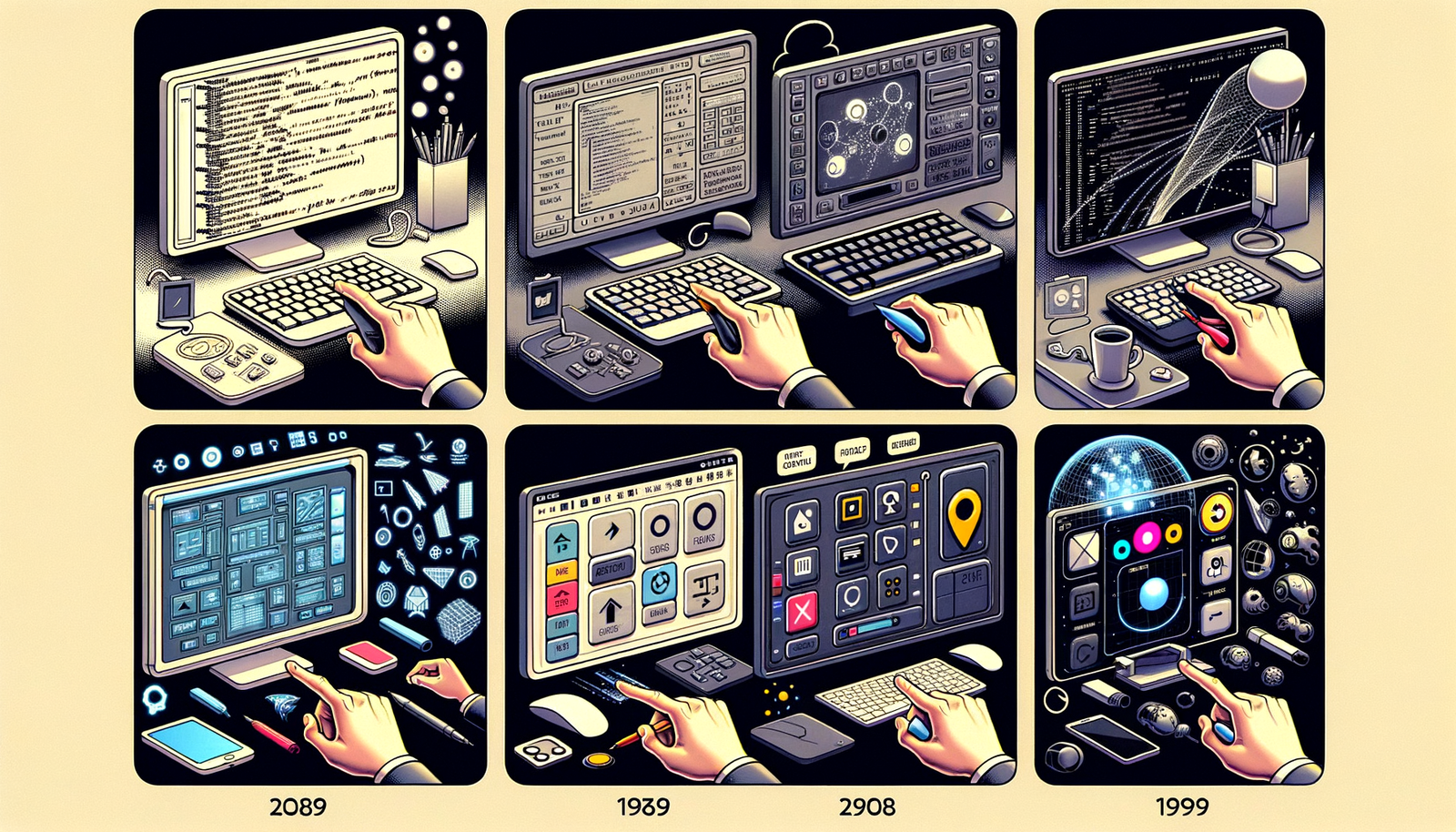Your Cart is Empty
Customer Testimonials
-
"Great customer service. The folks at Novedge were super helpful in navigating a somewhat complicated order including software upgrades and serial numbers in various stages of inactivity. They were friendly and helpful throughout the process.."
Ruben Ruckmark
"Quick & very helpful. We have been using Novedge for years and are very happy with their quick service when we need to make a purchase and excellent support resolving any issues."
Will Woodson
"Scott is the best. He reminds me about subscriptions dates, guides me in the correct direction for updates. He always responds promptly to me. He is literally the reason I continue to work with Novedge and will do so in the future."
Edward Mchugh
"Calvin Lok is “the man”. After my purchase of Sketchup 2021, he called me and provided step-by-step instructions to ease me through difficulties I was having with the setup of my new software."
Mike Borzage
Evolving UI Design Trends in Engineering Software: Impact and Future Directions
July 29, 2024 2 min read


Introduction to UI Design Trends in Engineering
The significance of User Interface (UI) design in engineering applications cannot be overstated. It serves as the bridge between complex engineering software and its users, affecting how effectively a tool can be used for designing, simulating, and analyzing projects. Over the years, UI trends in engineering software have evolved, significantly impacting usability, productivity, and user satisfaction. This section explores the journey of UI design in engineering contexts, highlighting its growing importance and the effect it has on the user experience.
Current Trends in UI Design for Engineering Applications
The landscape of UI design for engineering software is constantly evolving, with new trends emerging to address the needs of users and leverage the latest technologies. Here are some of the most notable current trends:
- Adaptive and Responsive Design: Ensuring the UI is flexible across different devices and screen sizes, enhancing accessibility and usability.
- Dark Mode: This feature is increasingly popular for its aesthetic appeal, reduced eye strain, and potential for extending battery life on mobile devices.
- Voice-Activated Interfaces: With the rise of hands-free operation, engineering applications are beginning to incorporate voice commands for improved efficiency.
- Augmented Reality (AR) and Virtual Reality (VR): These technologies are being used to create immersive experiences that allow engineers to visualize complex systems and simulations in new ways.
The Role of AI and Machine Learning in Shaping UI
Artificial Intelligence (AI) and Machine Learning (ML) play a pivotal role in advancing UI design, bringing unprecedented levels of personalization and efficiency. The integration of these technologies in UI design includes:
- AI-driven Personalization: Tailoring the UI to individual user preferences and behaviors, significantly enhancing the user experience.
- Predictive Analytics: Leveraging historical data to anticipate user actions, thereby streamlining workflows and improving productivity.
- Automated UI Testing and Improvement: Employing AI to continuously test and refine the UI, ensuring optimal usability and functionality.
Future Directions and Challenges
As we look ahead, the evolution of UI design in engineering software is poised to introduce several advancements while confronting new challenges. Anticipated future directions include further integration of AR/VR for more immersive experiences, the continuous refinement of AI for smarter personalization, and the development of more intuitive, conversational interfaces. However, these advancements come with their set of challenges, such as:
- Integration complexities with existing software ecosystems, which may hinder seamless operation and user experience.
- Ethical considerations in AI-driven personalization, particularly concerning user privacy and data security.
In conclusion, the continuous evolution of UI design in engineering software is essential for not only enhancing user engagement but also for fostering innovation in engineering practices. By addressing the upcoming challenges and leveraging new technologies, UI design can significantly contribute to the field of engineering, making complex tools more accessible and efficient for users.
Also in Design News

Rhino 3D Tip: AOV-Based Render Pass Workflow for Rapid, Non‑Destructive Compositing
December 28, 2025 2 min read
Read More
Cinema 4D Tip: Consolidate Geometry with Connect Objects + Delete
December 28, 2025 2 min read
Read More
V-Ray Tip: Region Rendering Best Practices for Fast, Seamless Comp Patches
December 28, 2025 2 min read
Read MoreSubscribe
Sign up to get the latest on sales, new releases and more …


